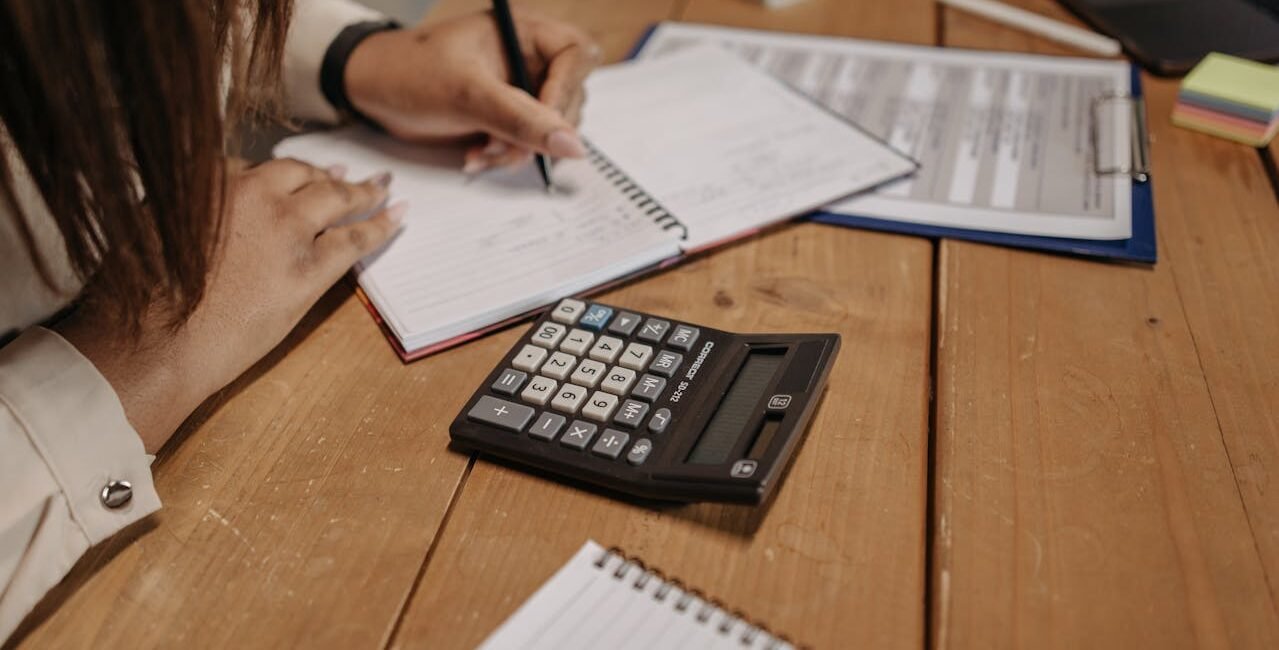
The invention and formal codification of double-entry bookkeeping are primarily attributed to Fra Luca Bartolomeo de Pacioli (c. 1445–1517), an Italian mathematician and Franciscan friar. Accounting Services in Cleveland.
While he is widely known as the “Father of Accounting,” it is important to understand his contribution was one of codification and dissemination rather than pure invention.
📜 Pacioli’s Contribution and Publication
Pacioli’s pivotal role was in collecting, describing, and publishing the system that was already in use by Venetian merchants during the Italian Renaissance.
The First Treatise: In 1494, Pacioli published his monumental work, Summa de arithmetica, geometria, proportioni et proportionalità (Everything About Arithmetic, Geometry and Proportion).
The Key Section: A 27-page treatise within this book, titled Particularis de Computis et Scripturis (Of Reckonings and Writings), provided the first comprehensive and printed explanation of the double-entry system.
The Foundation: His work detailed the use of journals, ledgers, year-end closing dates, and the use of a trial balance to verify that Debits equal Credits—concepts that are still the foundation of modern accounting today.
🕰️ The True Origin of the System
Pacioli himself did not claim to invent the system; he openly stated he was describing the methods perfected by the highly sophisticated merchants of Venice.
Italian Merchants: The essential elements of double-entry accounting—recording a transaction in two places—had been evolving for at least 200 years among merchants in Italian city-states like Genoa, Florence, and Venice. The growth of complex international trade in these cities created the need for a robust system to track multiple parties, various currencies, and diverse transactions.
Earlier Documentation: The earliest known evidence of the double-entry method dates back to 13th-century Florence. Furthermore, another Italian merchant named Benedetto Cotrugli described the method in a manuscript in 1458, though it was not formally published until much later.
Pacioli’s use of the recently invented printing press and his clear explanation made the “Venetian method” accessible across Europe, leading to the rapid expansion of commerce and the birth of modern capitalism.

